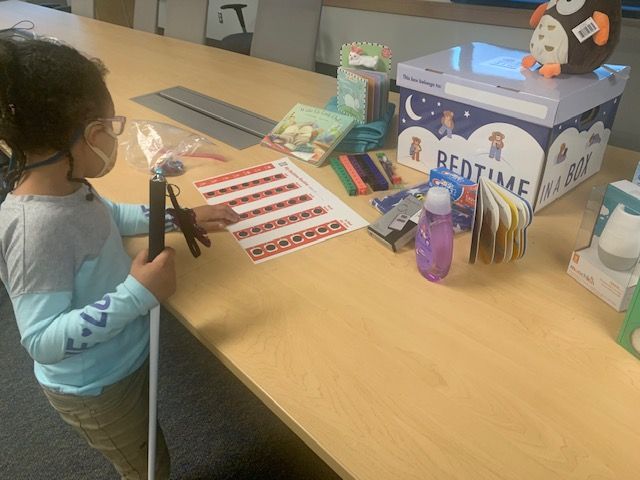 Bedtime in a Box is an innovative project that gives families materials for a bedtime routine. This adorable project provides the following items in a box: a bedtime routine log, books, pajamas, soap, towel, alarm clock and many more items to get children and their families following a bedtime routine.
Bedtime in a Box is an innovative project that gives families materials for a bedtime routine. This adorable project provides the following items in a box: a bedtime routine log, books, pajamas, soap, towel, alarm clock and many more items to get children and their families following a bedtime routine.